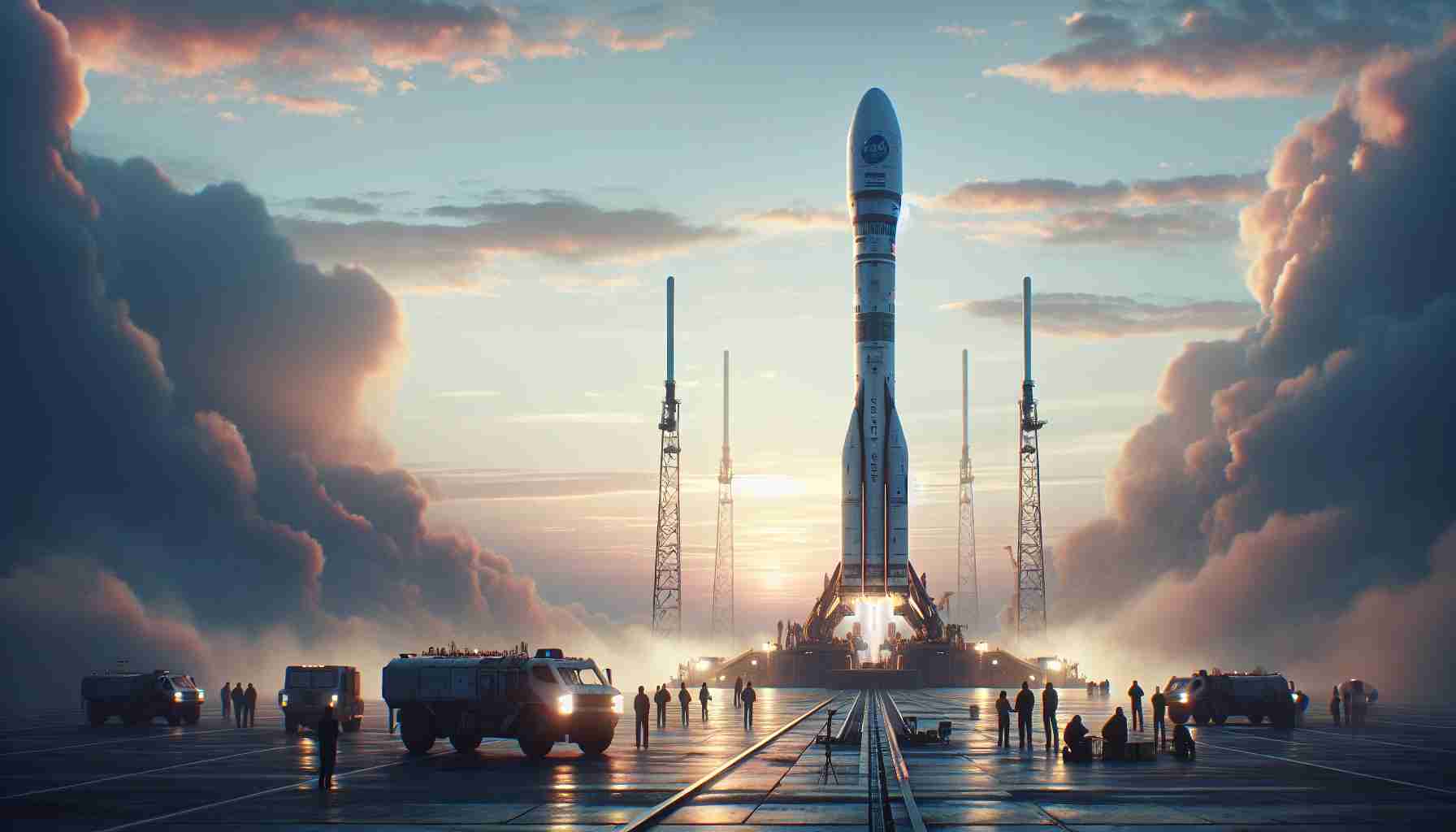
NASA’s Crew-9 mission, powered by SpaceX, is scheduled to embark on a significant journey this Saturday, with two astronauts making their way to the International Space Station (ISS). The highly anticipated launch will feature NASA astronaut Nick Hague alongside Roscosmos cosmonaut Aleksandr Gorbunov, utilizing a SpaceX Falcon 9 rocket. The liftoff is set for 1:17 p.m. ET from Cape Canaveral Space Force Station in Florida.
One of the mission’s primary objectives is to retrieve two stranded astronauts, Suni Williams and Butch Wilmore, who have been unable to return home since their arrival on the ISS this past June. The Dragon capsule will remain attached to the station for a duration of five months, where the crew will engage in various scientific experiments, maintenance tasks, and possibly perform spacewalks.
Due to earlier complications with Boeing’s Starliner, which faced serious propulsion issues, Crew-9 had to adapt its plans accordingly. Initially scheduled for August, the mission faced several postponements, including a delay influenced by the approach of Hurricane Helene. With the Starliner unable to safely return the astronauts, the Crew-9 launch became vital to their safe return.
Once the Crew-9 astronauts are in place, they will replace the Crew-8 members, who have been stationed in orbit since March. All four astronauts are anticipated to make their journey back to Earth in February of the following year.
SpaceX’s Crew-9 Mission: A New Chapter in Human Spaceflight
As the clock ticks down to the launch of SpaceX’s Crew-9 mission, scheduled for 1:17 p.m. ET this Saturday, the excitement surrounding human spaceflight continues to swell. This pivotal mission promises to not only facilitate the safe return of stranded astronauts but also enhance the ongoing partnership between NASA and private aerospace companies.
Critical Questions Surrounding Crew-9
1. What are the goals of the Crew-9 mission?
The primary objectives include the safe transportation of astronauts Nick Hague and Aleksandr Gorbunov to the International Space Station (ISS) and the retrieval of astronauts Suni Williams and Butch Wilmore, who have remained there since June.
2. How does Crew-9 contribute to long-term ISS operations?
Crew-9 will provide essential personnel for ongoing scientific experiments and maintenance activities aboard the ISS, critical for advancing human space exploration and sustaining the station’s operations.
3. What safety measures are in place for the mission?
SpaceX has implemented multiple safety protocols, including extensive testing of the Falcon 9 rocket and Dragon capsule systems, along with real-time monitoring during the launch and crew operations.
Key Challenges and Controversies
While the Crew-9 mission marks a significant advancement in human spaceflight, it is not without its challenges and controversies.
– Dependence on Private Contractors: The transition to a commercial spaceflight model has raised concerns about the reliance on private companies for space missions, which some argue could compromise safety and accountability.
– Technical Hurdles: The earlier complications with Boeing’s Starliner serve as a stark reminder of the technical challenges that can arise in human spaceflight. The recent propulsion issues faced by the Starliner have led to increased scrutiny of spacecraft reliability, affecting mission schedules.
– Space Traffic Management: With multiple missions to the ISS planned and ongoing, there is a growing concern over space traffic management and the potential for orbital debris collisions.
Advantages and Disadvantages of Crew-9
Advantages:
– Increased Access to the ISS: Crew-9 will enhance access to the ISS, allowing for greater scientific output and fostering international collaborations in space research.
– Crisis Resilience: The successful launch will demonstrate resilience and adaptability in the face of setbacks, reinforcing SpaceX’s capability to support NASA’s mission objectives.
Disadvantages:
– Accumulation of Space Debris: Increased launches and capacity to ferry astronauts to the ISS also raise the risk of accumulation of space debris, which can jeopardize not only future missions but also the safety of astronauts aboard the ISS.
– Potential for Commercialization Issues: As commercialization of spaceflight increases, there may be growing disparities in access to space resources, potentially marginalizing smaller agencies and countries.
For more information on SpaceX and its ongoing missions, you can visit the official NASA website at NASA or SpaceX’s page at SpaceX.
As the launch date approaches, the world watches closely to witness the next steps in human space exploration, hopeful for a successful mission that builds on the legacy of those who have ventured into the final frontier.



